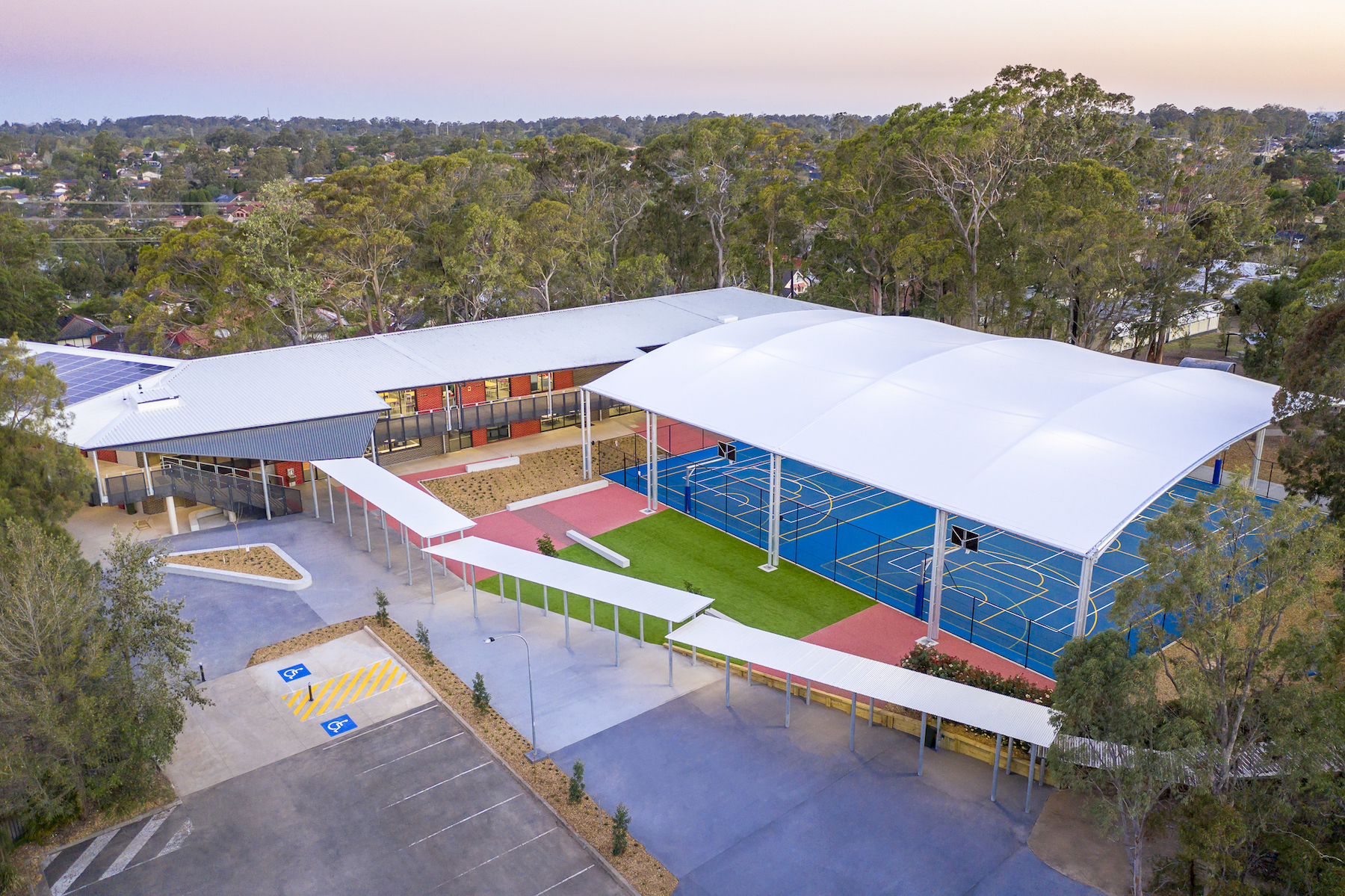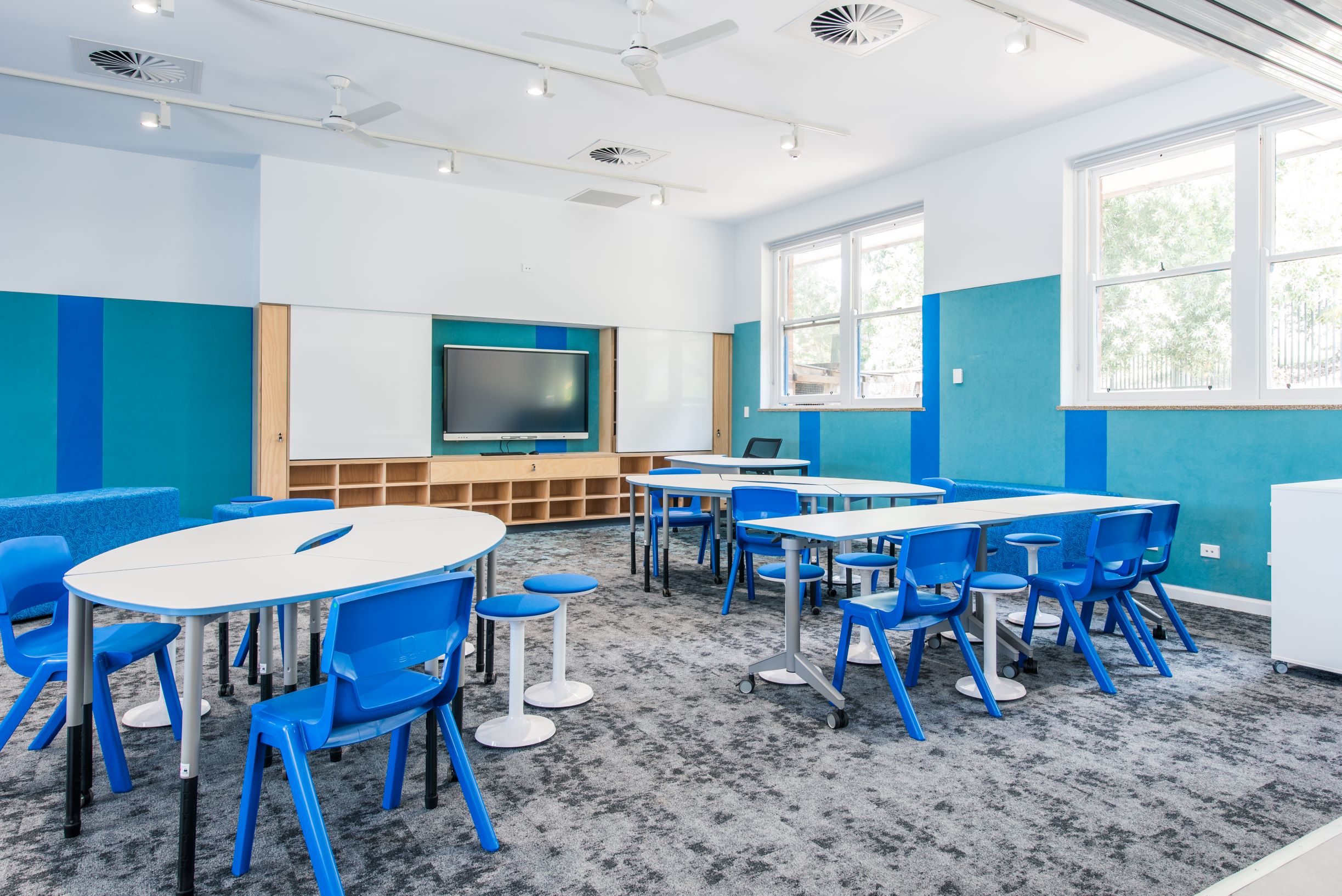As a first preference and where appropriate, School Infrastructure will optimise use of existing assets through actions such as:
- Increasing the size, amenity and functionality of existing schools to manage growth whilst providing greater curriculum choices.
- Renewing existing assets to provide contemporary teaching spaces for students.
- Realigning school intake areas to appropriately manage growth where possible.
- Managing enrolments to provide priority to students living in the local school intake area.
- Using temporary classrooms to manage short term fluctuations in enrolment levels;
- Working with schools and wider department in identifying operational actions to increase enrolments in schools where there is capacity
When we identify areas of continued and sustained increased enrolments and where there are no other options available, we look to provide additional permanent facilities or new schools.
In most cases, when building a new or upgraded school, regulatory planning approvals are required. These regulatory requirements ensure that we carefully consider complex issues, such as the heritage of existing buildings, as well as land development, traffic, transport and the environment.
With all these targeted considerations, time lines vary considerably between projects, but it’s common for school upgrades to take approximately three years from business case approval to completion.
Our commitment to deliver these new and upgraded schools promises a steady stream of upcoming projects to address enrolment growth around NSW. You can Explore projects in your area to see where we are building new and upgraded schools and learn more about our projects.
We are also committed to improving the ways we deliver new infrastructure and are employing modern methods of construction to do so. By employing offsite manufacturing with onsite assembly, we can compress the timeline for building new school facilities by up to by up to 30%, helping us to continually improve the ways we meet the needs of growing school communities.



